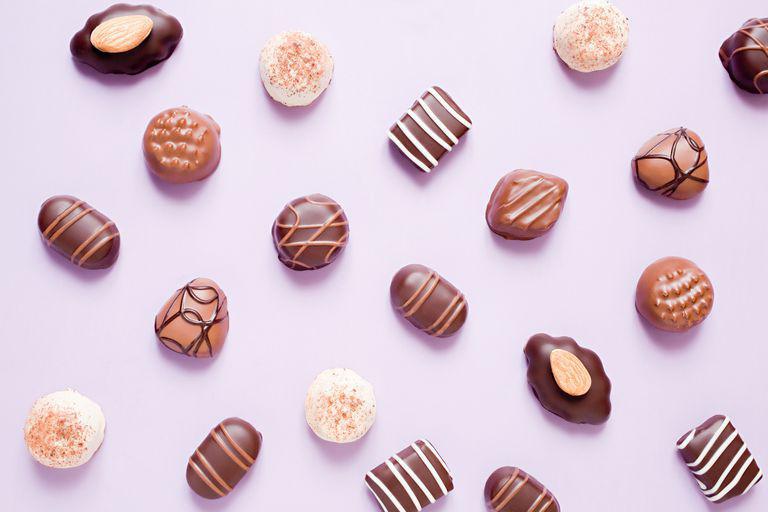Multiple studies strongly suggest that the flavanols present in certain chocolate products can act as powerful antioxidants and also as stimulants for nitric oxide. As a result, theoretical evidence shows that inflammation can be reduced, platelet function can be improved, and blood pressure can be lowered. All these effects can reduce the risk of coronary artery disease, heart disease, stroke, and even cancer.
What is the evidence?
Decades ago, it was recognized that the Kuna Amerindian people living in the San Blas Islands (near Panama) had a much lower incidence of heart disease and cancer compared to the Kuna people living on the mainland of Panama, which sparked interest in the health benefits of chocolate. The difference? People on the San Blas Islands consume a large amount of cocoa rich in flavanols.
Several other epidemiological studies have also confirmed the potential protective effects of flavanols in chocolate products. One example is a randomized trial that began in 2015 (Cocoa Supplement and Multivitamin Outcomes Study - COSMOS), which will ultimately provide much-needed prospective evidence on whether cocoa flavanols are beneficial to our health.
What are the common forms of chocolate?
There is a wide variety of chocolate products, with significant differences in flavanol content. If science can ultimately prove that flavanols related to chocolate are healthy, we will need to be aware that much of the chocolate we consume contains only a very small amount of these beneficial substances.
Cocoa comes from the cocoa tree, the original seeds of the cocoa tree. Cocoa is extremely high in flavanols such as catechins and epicatechins, which are believed to have cardiovascular benefits. Cocoa powder is what the Kuna Amerindian people consume.
Cocoa powder is made by grinding and roasting cocoa beans. Most cocoa products available to consumers have been further processed to remove bitterness and increase sweetness. Since the bitterness of cocoa is primarily attributed to flavanols, the flavanol content in cocoa products is relatively low.
Chocolate is made by further processing cocoa powder, mainly by adding sugar and fat.
Milk chocolate is a highly processed and sweetened product that often undergoes an alkalization process specifically to remove flavanols to produce a smooth and sweet product.
White chocolate is made from cocoa butter extracted from cocoa beans. It contains no chocolate solids, particularly no flavanols, and should not be considered a true form of chocolate.
Dark chocolate is a chocolate product that is less processed than milk chocolate. It contains more flavanols than milk chocolate, partly because it is more bitter and less sweet than milk chocolate. However, we should note that the actual "darkness" of chocolate is not related to flavanol content—many Dutch-processed milk chocolates are quite dark in color.
It is worth noting that the raw materials used in the COSMOS study are not chocolate at all, but cocoa flavanol supplements.
So, which chocolate products are beneficial for us?
Even assuming that studies like COSMOS will ultimately prove once and for all that cocoa-related flavanols are entirely beneficial for heart health, we need to be aware that most of the chocolate and cocoa beans we can buy today have had much of their flavanol content removed during processing.
At this point, it is often difficult for us to judge the flavanol content in commercially available chocolate and cocoa products. Mars seems to place the most emphasis on promoting the health benefits of chocolate and has launched its flavanol-rich CocoaVia product line as a first step. CocoaVia products display their flavanol content on the product labels. Mars is also a sponsor of the COSMOS study, presumably providing the flavanol supplements used in that study. Hershey's also claims that its special dark chocolate products are high in flavanol content, but has not disclosed the actual amount of that content.
If chocolate manufacturers are serious about promoting chocolate as a health product, they will need to start producing more flavanol-rich products and indicate the flavanol content on the packaging.
At the same time, we should remember that despite the hype, most of the chocolate we can buy today is not medicinal. It is candy.
